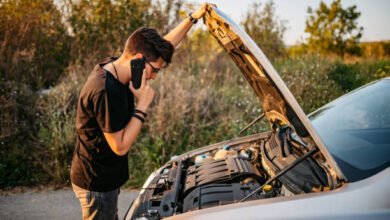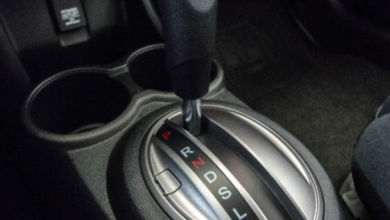Dual Clutch Transmissions: The Future of Efficient Driving and Performance Innovation

In the ever-evolving landscape of automotive technology, the dual clutch transmission (DCT) stands out as a game-changer. Known for its seamless gear shifts and enhanced performance, the DCT is increasingly becoming a standard feature in a wide range of vehicles. This article explores the intricacies of dual clutch transmissions, their advantages, and their impact on the driving experience.
What is a Dual Clutch Transmission?
A dual clutch transmission (DCT) is an advanced type of automatic transmission that utilizes two separate clutches for alternating gears. Unlike conventional automatic transmissions that use a torque converter, DCTs function more like manual transmissions but with automated control of the clutches and gear shifts. This unique setup allows for rapid and efficient gear changes.
How Does a Dual Clutch Transmission Work?
The DCT operates with two clutches: one for the odd-numbered gears (1, 3, 5, etc.) and the other for the even-numbered gears (2, 4, 6, etc.). These clutches are positioned within a single housing and work in concert to deliver smooth and swift gear transitions. Here’s a step-by-step look at how it works:
- Pre-selection of Gears: While one clutch engages the current gear, the next gear is pre-selected by the second clutch.
- Seamless Transition: When it’s time to shift, the first clutch disengages as the second clutch engages, allowing for an almost instantaneous gear change.
- Continuous Power Flow: The overlap between the two clutches ensures that power delivery to the wheels remains uninterrupted during gear shifts.
Benefits of Dual Clutch Transmissions
- Rapid Gear Changes: The primary advantage of a DCT is its ability to change gears quickly and efficiently. The pre-selection mechanism allows for shifts in mere milliseconds, providing a more responsive driving experience.
- Enhanced Fuel Efficiency: By optimizing gear selection and minimizing power loss during shifts, DCTs contribute to better fuel economy. This is particularly beneficial for both city driving and highway cruising.
- Improved Performance: The quick and precise gear changes enhance overall vehicle performance, offering smoother acceleration and a more dynamic driving experience.
- Lower Emissions: Increased fuel efficiency translates to lower emissions, making DCTs an environmentally friendly option in the quest for greener automotive solutions.
Applications in Modern Vehicles
Initially popularized in high-performance and luxury cars, dual clutch transmissions are now found across a broad spectrum of vehicles. Manufacturers such as Volkswagen, Audi, BMW, and Porsche have integrated DCTs to capitalize on their performance benefits. Additionally, mainstream brands are adopting DCTs to meet consumer demand for better fuel economy and driving enjoyment.
Potential Drawbacks
While the advantages of DCTs are substantial, there are a few considerations to keep in mind:
- Complexity and Cost: The advanced technology and precision engineering of DCTs can make them more expensive to produce and repair compared to traditional transmissions.
- Low-Speed Smoothness: Some drivers might find that DCTs can be less smooth during low-speed maneuvers, such as parking or in stop-and-go traffic.
- Maintenance Requirements: The sophisticated nature of DCTs can necessitate more regular maintenance to maintain optimal performance and longevity.
Conclusion
The dual clutch transmission represents a significant leap forward in automotive technology, blending the best attributes of manual and automatic transmissions. By offering rapid gear shifts, improved fuel efficiency, and a more engaging driving experience, DCTs are poised to become a mainstay in modern vehicles. As automotive technology continues to advance, the dual clutch transmission will undoubtedly play a crucial role in shaping the future of driving. Whether you’re a performance enthusiast or a daily commuter, the DCT offers a glimpse into the next generation of automotive innovation.




